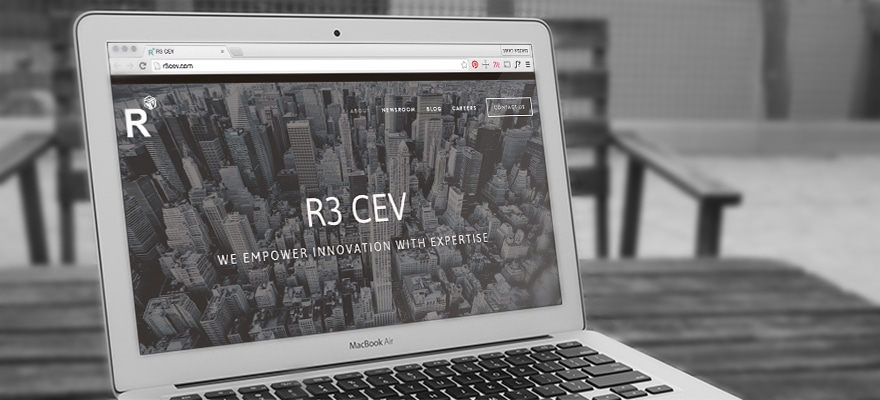R3 CEV has announced today the completion of a distributed ledger experiment involving eleven of the world’s biggest banks, including Barclays, BMO Financial Group, Credit Suisse, Commonwealth Bank of Australia, HSBC, Natixis, Royal Bank of Scotland, TD Bank, UBS, UniCredit and Wells Fargo.
The banks were connected on an R3-managed private peer-to-peer distributed ledger, underpinned by Ethereum technology and hosted on a virtual private network in Microsoft Azure, the public cloud platform offering Blockchain as a Service (BaaS). They simulated exchanging value, represented by tokenized assets on the distributed ledger without the need for a centralized third party.
The consortium says this collaborative experiment is the first in a series of projects, using a range of candidate distributed ledger technologies, and is designed to prove the suitability of distributed ledgers for financial markets use cases. R3 will be announcing a series of additional projects borne out of its collaborative lab workshops over the course of 2016.
David Rutter, CEO of R3, commented: “The transition from vision and hypothesis to application and execution signifies the next major step towards using this technology to transform how institutions interact, report and trade with each other in financial markets. This is a very exciting development, both for R3 and our member banks, as well as the global financial services industry as a whole.”
Several of the banks involved also commented on the experiment:
“As we progress our evaluations of shared ledgers and smart contracts, we look forward to leveraging R3’s lab environment for collaborative technology experiments,” said Brad Novak, Chief Technology Officer for the Investment Bank at Barclays. “Ethereum is a well-known open source technology in this space and we also look forward to collaborative experiments using other technologies.”
“Blockchain is an emerging focus for our industry and Credit Suisse. As one of the early participants with R3 we are very happy to be part of the consortium which leads the industry’s research into the value and applicability of this technology,” said Stephan Hug, Group Chief Architect, Credit Suisse. “We feel it is critical to be engaged to identify the opportunities that innovative technologies like this provide and ensure we maintain our position as a globally leading financial institution.”
“The new R3 globally accessible lab environment is enabling both R3 and member banks to collaborate technically on experiments related to shared ledger and smart contracts technology. As demonstrated by the first project that is already up and running, this lab platform will aid faster experimentation, provide technical agility and aid learning greatly,” said Richard Herbert, CIO, Global Banking and Markets, HSBC.
"Proving the scale and peer-to-peer operation of blockchain experiments is an important next-step in this transformational initiative. Through connecting 11 bank labs into a simulated-real-world network, we're able to establish the platform we need to test our theories effectively in a safe environment," added Alex Batlin, UBS Senior Innovation Manager.

















